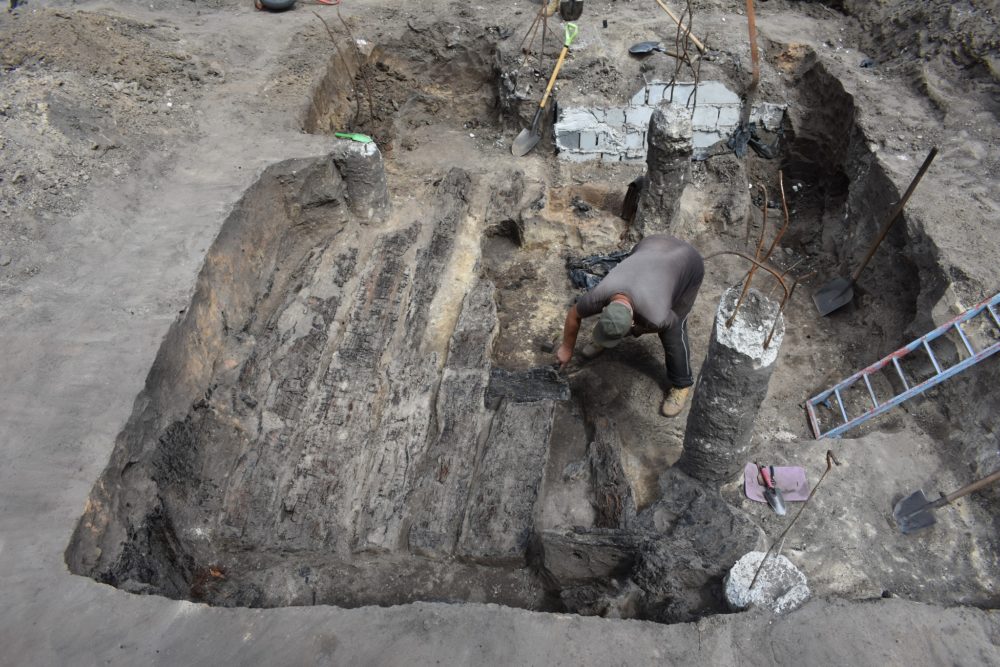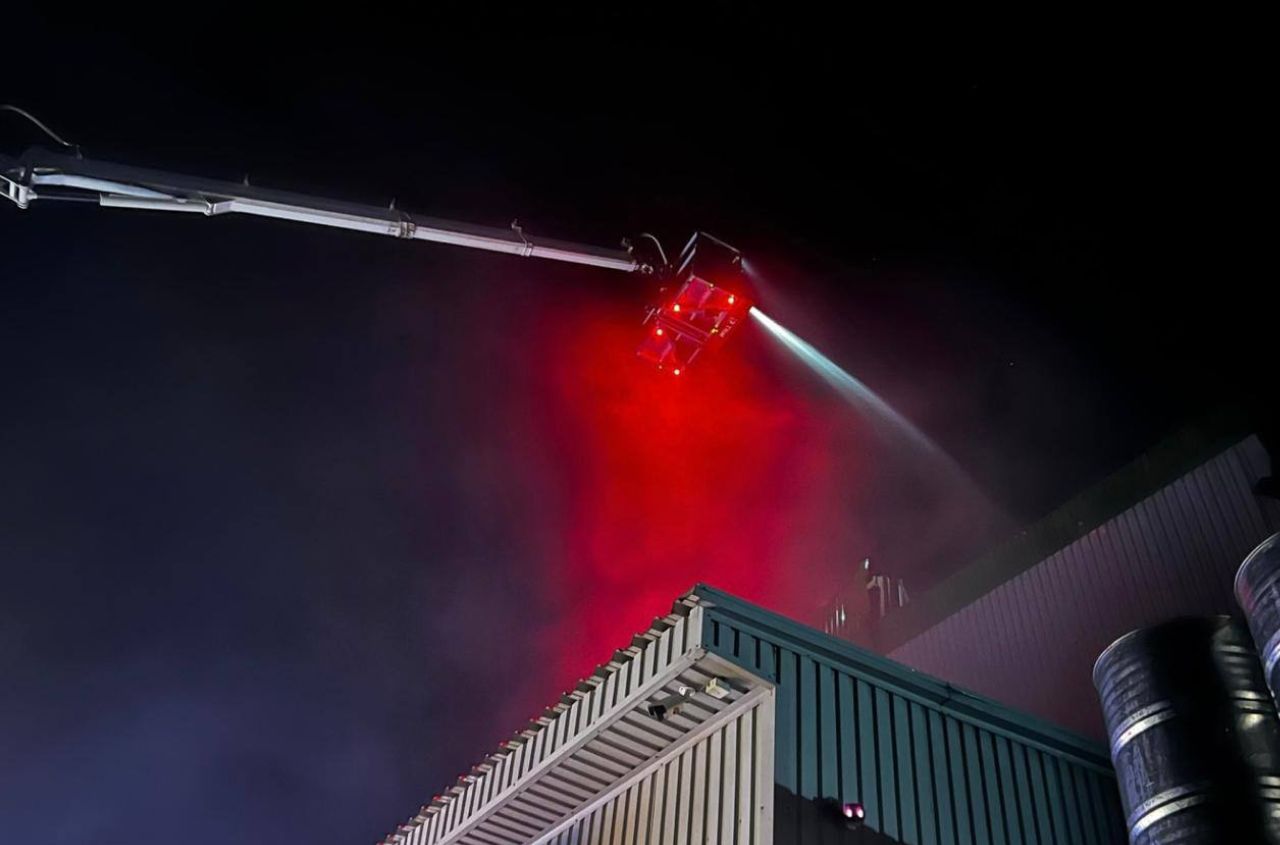In Cherkasy, excavations have been ongoing for a month at the site of the "Lithuanian" castle in the Dzelenhorа area. This was reported by the Cherkasy Archaeological Museum of the Middle Dnieper Region.
Archaeological findings represent materials from various epochs. The oldest of them belong to the Zarubintsy culture (3rd century BC – 1st century AD).
Most of the discoveries are related to the early history of Cherkasy, as this is where the city's castle was located from the late 14th to the early 17th centuries.
"This year, we were fortunate to come across an interesting archaeological object directly related to the Cherkasy Castle. It is a large semi-subterranean structure (5x5 meters) of earthwork type. At the moment, the upper part of its pit filling has been cleared, and charred remains of a wooden structure have been discovered: wooden wall cladding, posts, planks, and sagging ceiling beams. Charred remains of a wooden trough were found in the pit," the statement says."
It is noted that the object turned out to be severely damaged. The most significant damage occurred relatively recently, about 5 years ago, when the former owner of the plot built a residential house without the approval of the cultural heritage protection authority and without the appropriate archaeological expertise.
Two years later, he was forced to dismantle the building and sell the plot by a court decision. However, this illegal construction left "indelible scars." Archaeologists say that the discovered structure was non-residential in nature. Most likely, it is one of the auxiliary buildings that were located on the castle grounds. It is possible that it is a shed - a room for the castle's arsenal, where weapons, gunpowder, components for its production (sulfur and saltpeter), lead, and cannonballs were stored.
Final conclusions can be drawn upon the completion of the investigation of the structure. Considering that fragments of pottery, tile fragments, and a coin from the 1st half of the 17th century were found in the pit filling, it is likely that the structure was destroyed in 1637 along with the "Lithuanian" castle on Dzelenhorа.





















